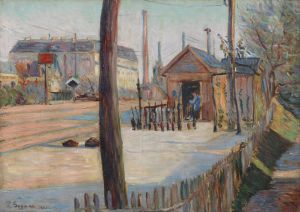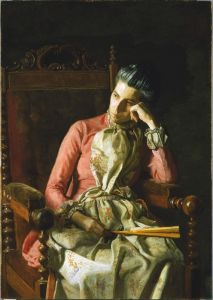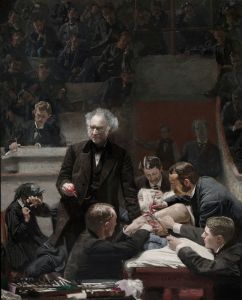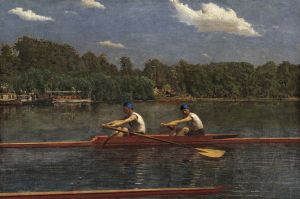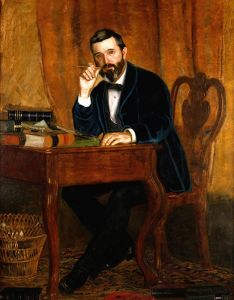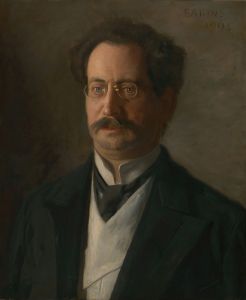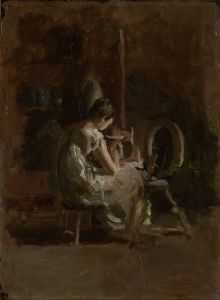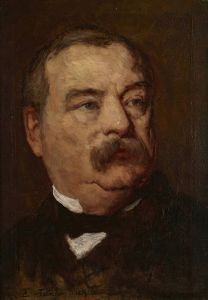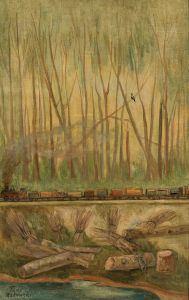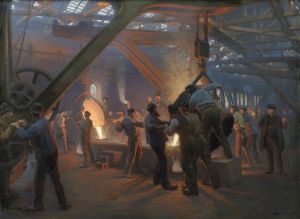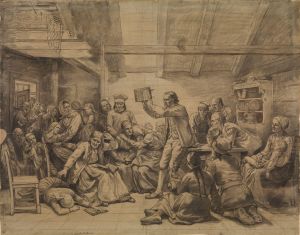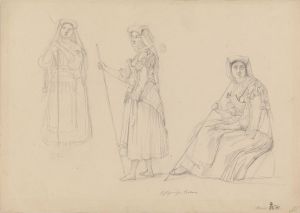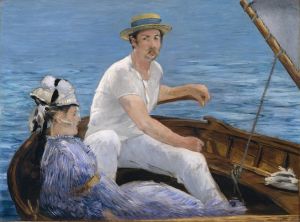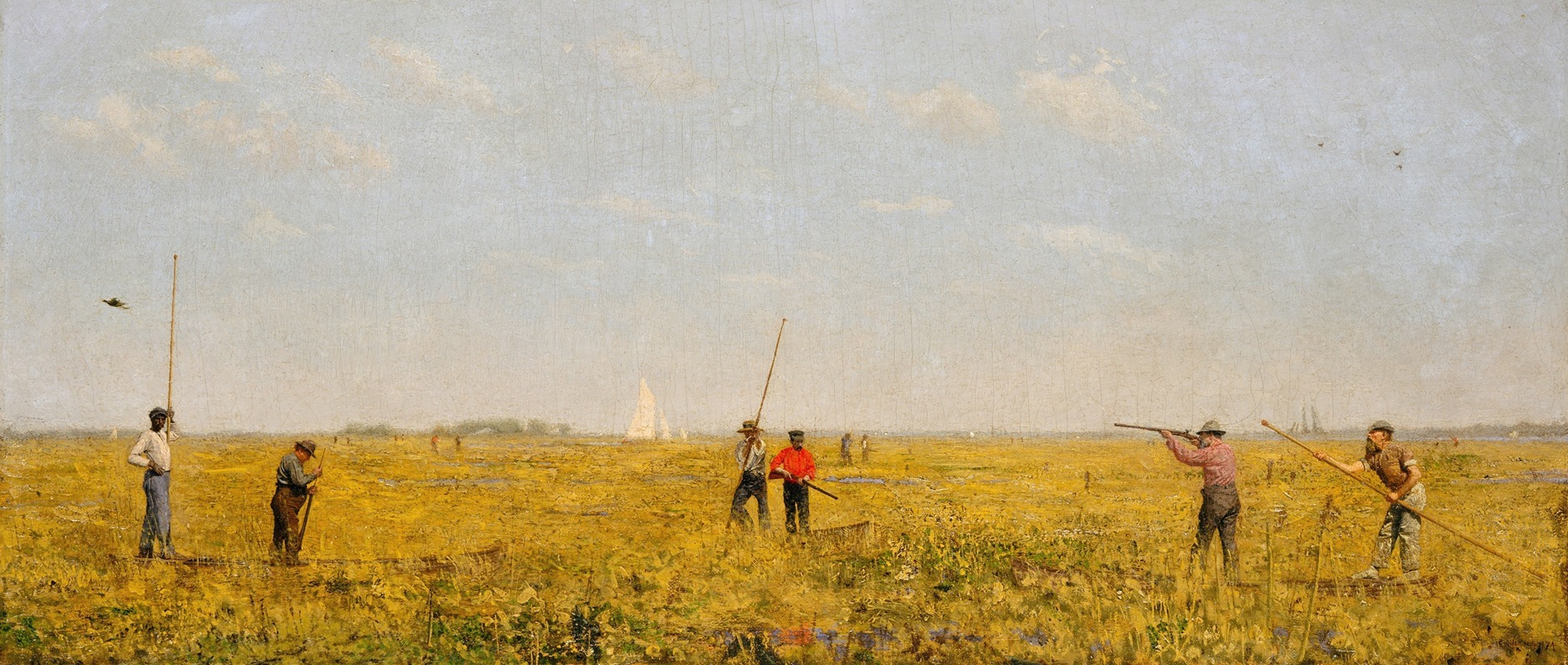
Pushing for Rail
A hand-painted replica of Thomas Eakins’s masterpiece Pushing for Rail, meticulously crafted by professional artists to capture the true essence of the original. Each piece is created with museum-quality canvas and rare mineral pigments, carefully painted by experienced artists with delicate brushstrokes and rich, layered colors to perfectly recreate the texture of the original artwork. Unlike machine-printed reproductions, this hand-painted version brings the painting to life, infused with the artist’s emotions and skill in every stroke. Whether for personal collection or home decoration, it instantly elevates the artistic atmosphere of any space.
"Pushing for Rail" is a painting by the American artist Thomas Eakins, completed in 1874. Eakins is renowned for his realistic portrayals of everyday life and his keen interest in the human form and motion, which is evident in this work. The painting is an example of Eakins' early exploration of sporting themes, a subject he would continue to explore throughout his career.
The painting depicts a scene from a horse race, capturing the intense moment of competition and the dynamic movement of the horses and jockeys. Eakins' interest in anatomy and motion is reflected in the detailed rendering of the horses and the riders, showcasing his commitment to realism and his skill in capturing the physicality of the subjects. The composition is carefully constructed to convey the speed and energy of the race, with the horses and jockeys leaning forward, emphasizing their momentum.
Eakins was deeply influenced by the scientific study of motion, particularly the work of photographer Eadweard Muybridge, who was known for his pioneering work in capturing motion through sequential photographs. Although "Pushing for Rail" predates Eakins' direct collaboration with Muybridge, the painting reflects Eakins' early interest in the accurate depiction of movement, a theme that would become more pronounced in his later works.
The setting of the painting is believed to be the Jerome Park Racetrack in the Bronx, New York, which was a prominent venue for horse racing in the 19th century. This location was a popular gathering place for sporting events, attracting a diverse audience and providing a rich subject for artists interested in contemporary life and leisure activities.
Eakins' work on "Pushing for Rail" demonstrates his meticulous approach to painting, involving careful study and preparation. He often used photographs and live models to ensure accuracy in his depictions, a practice that was somewhat controversial at the time but underscored his dedication to realism.
The painting is part of a broader tradition of sporting art, which gained popularity in the 19th century as interest in leisure activities and sports grew. Eakins' contribution to this genre is notable for its emphasis on realism and the human experience, setting his work apart from more romanticized or idealized portrayals of similar subjects.
"Pushing for Rail" is housed in the collection of the Philadelphia Museum of Art, where it is appreciated for its technical skill and its insight into the cultural life of the period. The painting is an important example of Eakins' early work and his lifelong fascination with movement, anatomy, and the depiction of contemporary American life.
Through "Pushing for Rail," Eakins not only captures a moment of athletic endeavor but also reflects broader themes of competition, progress, and the American spirit, making it a significant piece in the study of American art history.





